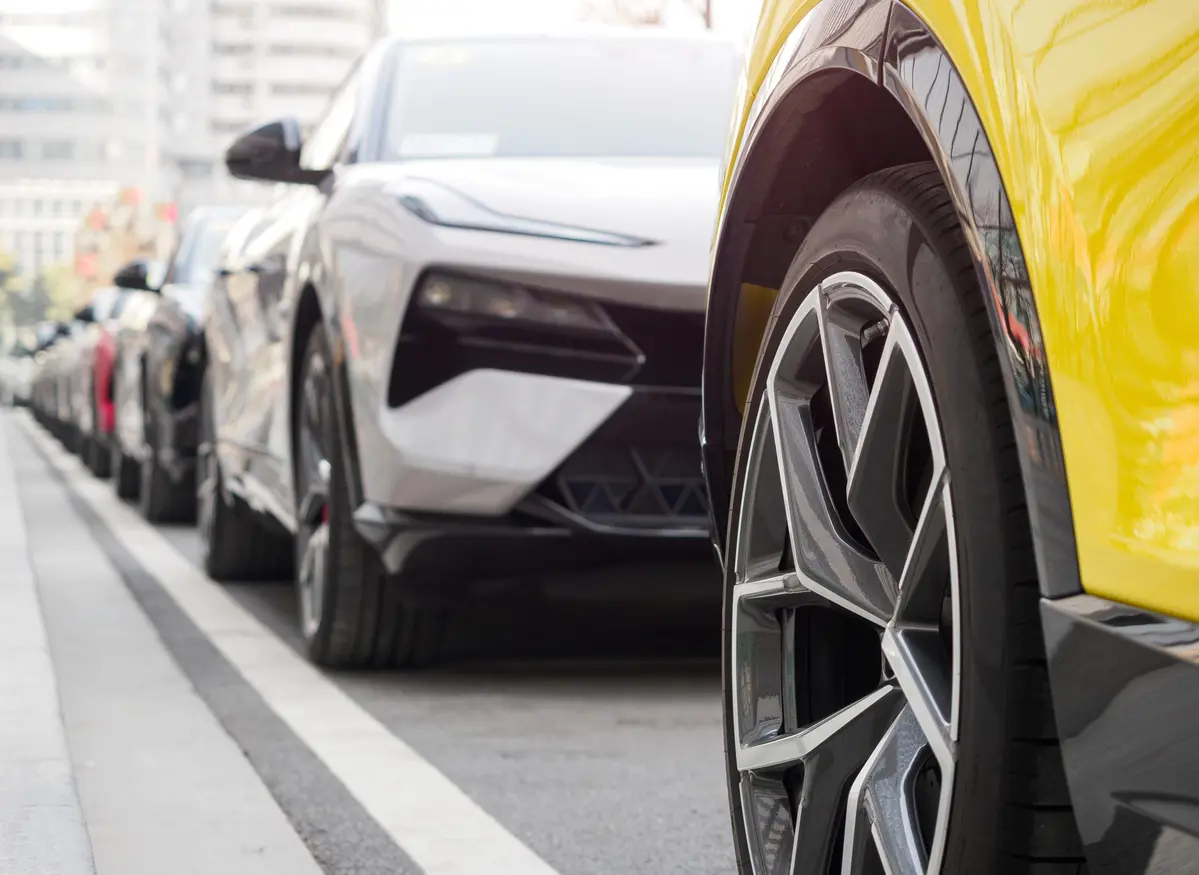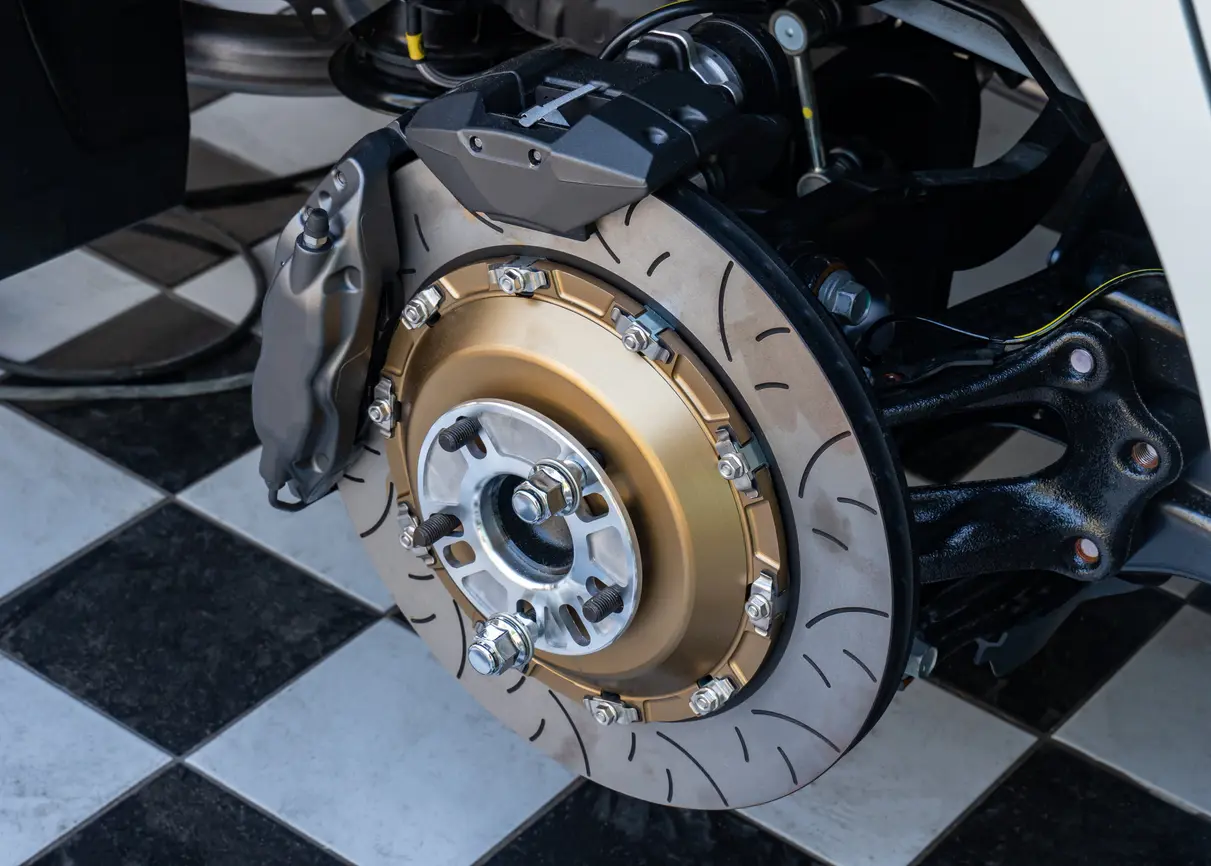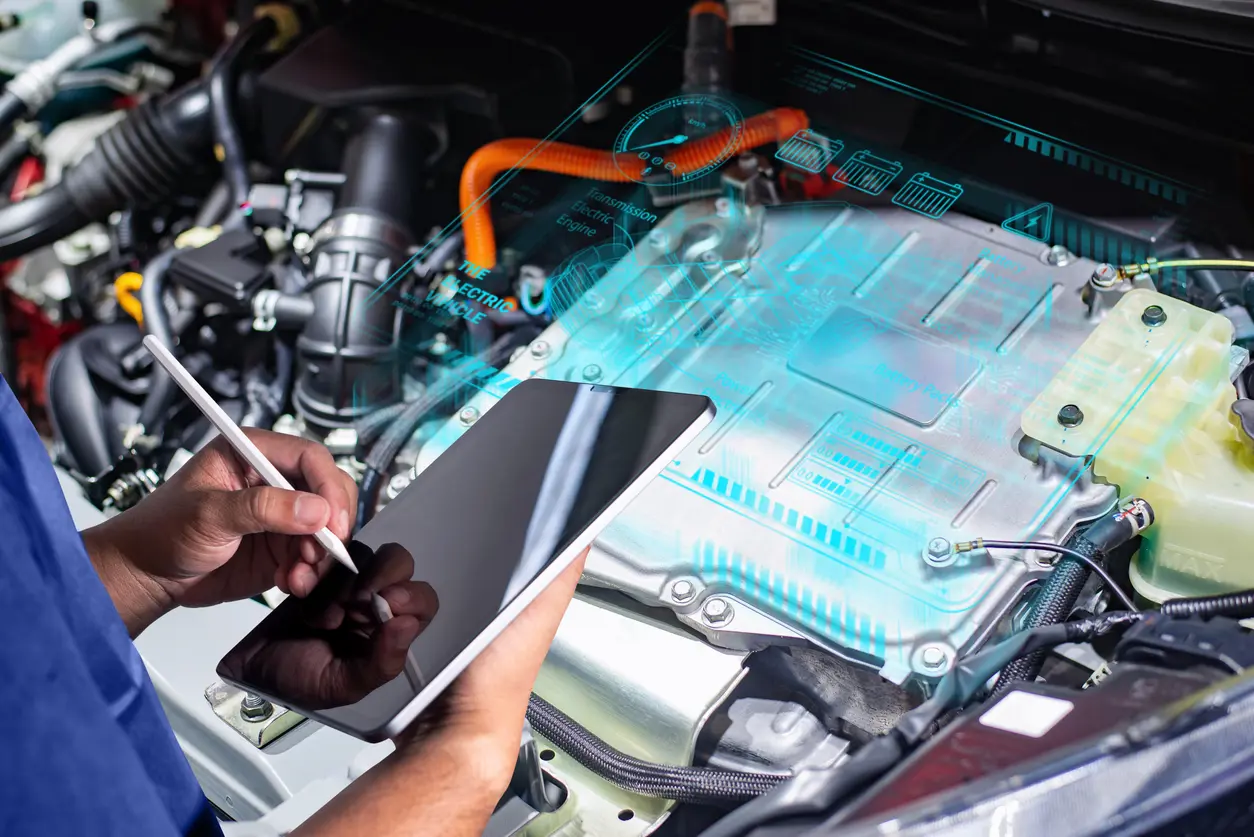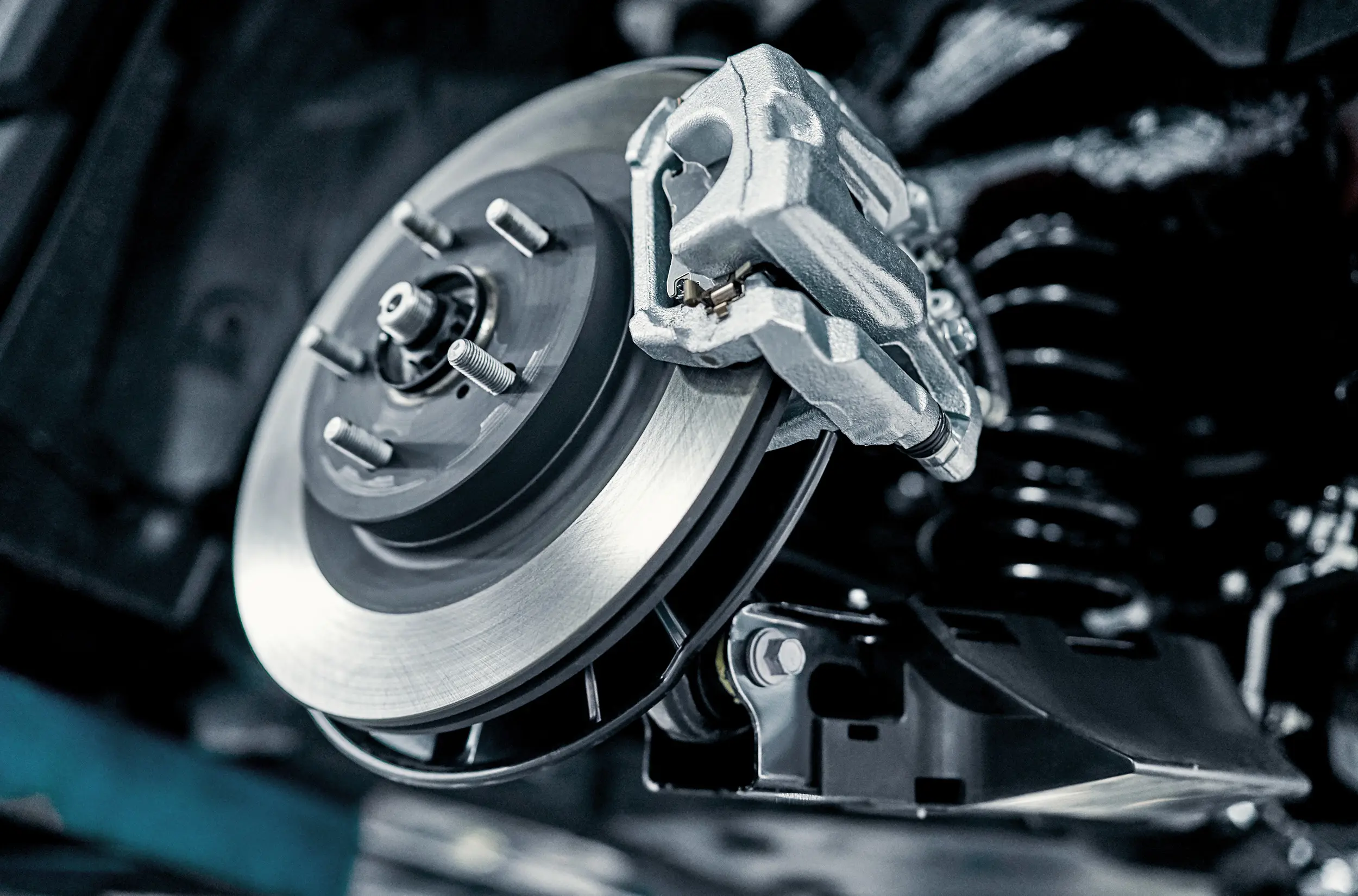Do the Brakes on an Electric Vehicle Wear Out?
Good news! Electric vehicle brakes last longer than those of combustion engine vehicles. Thanks to regenerative braking and single-pedal driving, less braking is required. Garages often find electric or hybrid vehicles with the same set of brakes after 100,000 km.
But beware: brake wear also depends on your driving style. As your electric vehicle is heavier than a conventional one, a sporty or more aggressive driving style will put added wear and tear on the brakes.
What is Regenerative Braking?
Regenerative braking is an essential feature of electric vehicles. It maximizes energy efficiency and braking distance. Unlike conventional vehicles that rely solely on friction braking systems, regenerative braking enables vehicles to recover and store some of the energy that would otherwise be lost during deceleration or braking.
When the driver of an electric vehicle brakes, the vehicle motor switches to generator mode. The kinetic energy of the moving wheels is converted into electrical energy. This energy is then transferred to the battery, where it can be stored and subsequently used for propulsion.
This function can generally be adjusted by the user to switch between low and high levels, increasing or reducing braking power as well as recharging capacity.
What Are the Brake Maintenance Requirements for an Electric Vehicle?
As the brakes on an electric vehicle are used less, they tend to stay cold in a salty, damp environment. In Canada, salt (calcium) is used on the roads in winter, and when other vehicles brake, heat is generated which removes moisture from the calipers and brake components. However, the latter requires regular maintenance to operate to vehicle specifications.
This maintenance consists of a thorough cleaning and lubrication of caliper slide pins and brake pad contact points, as well as an inspection of caliper pistons.
Of Particular Interest: Rust
As the brakes of an electric vehicle are used less frequently and are regularly in contact with moisture and salt, they are more likely to generate rust. When corrosion starts to spread, it’s often too late, and expensive parts need to be replaced:
- Pads and discs: If calipers are totally or partially seized, this will lead to overheating (since braking power would be constantly applied), asymmetrical wear and a loss of braking power in the worst-case scenario.
- The caliper: If pistons cannot move freely, the caliper will need to be replaced. Calipers on electric vehicles are generally more expensive than traditional counterparts, due to the heavier vehicle weight and braking systems which are often larger and of better quality.
Why Perform Annual Maintenance on Braking Systems?
For all the reasons mentioned above, it is essential to have electric vehicle brakes cleaned and lubricated every year. Tesla recommends annual inspection, cleaning and lubrication for Canadian clients.
Annual Brake Maintenance Includes:
- Caliper pins: If these are seized, brake pads will wear abnormally.
- Caliper pistons: If seized, this will greatly reduce brake performance during emergency braking.
- Caliper: a seized caliper can cost hundreds of dollars in parts and repairs (even thousands of dollars for some models).
What Your NexDrive Expert Will do at Your Annual Service Appointment
- State-of-the-art maintenance service including brake cleaning, inspection and lubrication respecting manufacturer specifications.
- Work carried out according to manufacturer recommendations without voiding your warranty.
- All required software operations to perform the service.
- Full inspection and report with a 2-year or 40,000 km warranty.
- Compliance with all required safety standards for professionals working on vehicles equipped with high-voltage components.
Tips and Tricks

Why do electric car tires wear out so fast?
EV tires experience increased tread wear because of instant torque and unsprung weight. Learn why electric vehicles lead to worn-out tires and how to extend the lifespan of EV tires with proper maintenance.

Why regenerative braking is bad for your brake pads
Regenerative braking improves energy efficiency, but can cause brake pad issues because of reduced mechanical brake use. Learn how to maintain your brake system and prevent costly repairs in this article.

Does an EV need regular general maintenance?
Although EVs require less maintenance than gas-powered vehicles, they still need regular care. Learn about battery health, brake maintenance, and more here.

